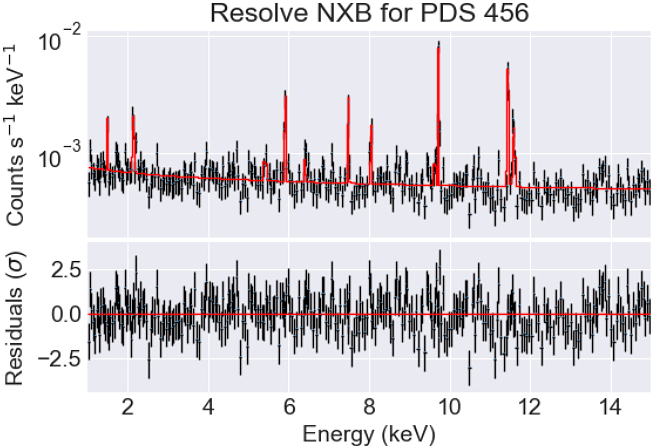Structured ionized winds shooting out from a quasar at relativistic speeds

Structured ionized winds shooting out from a quasar at relativistic speeds
XRISM collaboration
AbstractEvidence indicates that supermassive black holes exist at the centers of most galaxies. Their mass correlates with the galactic bulge mass, suggesting a co-evolution with their host galaxies, most likely through powerful winds. X-ray observations have detected highly ionized winds outflowing at sub-relativistic speeds from the accretion disks around supermassive black holes. However, the limited spectral resolution of current X-ray instruments has left the physical structure and location of the winds poorly understood, hindering accurate estimates of their kinetic power. Here, the first XRISM observation of the luminous quasar, PDS 456, is reported. The high-resolution spectrometer Resolve onboard XRISM enabled the discovery of five discrete velocity components outflowing at 20-30% of the speed of light. This demonstrates that the wind structure is highly inhomogeneous, which likely consists of up to a million clumps. The mass outflow rate is estimated to be 60-300 solar masses per year, with the wind kinetic power exceeding the Eddington luminosity limit. Compared to the galaxy-scale outflows, the kinetic power is more than 3 orders of magnitude larger, while the momentum flux is 10 times larger. These estimates disfavor both energy- and momentum-driven outflow models. It suggests that such wind activity occurs in less than 10% of the quasar phase and/or that its energy/momentum is not efficiently transferred to the galaxy-scale outflows due to the clumpiness of the wind and the interstellar medium.